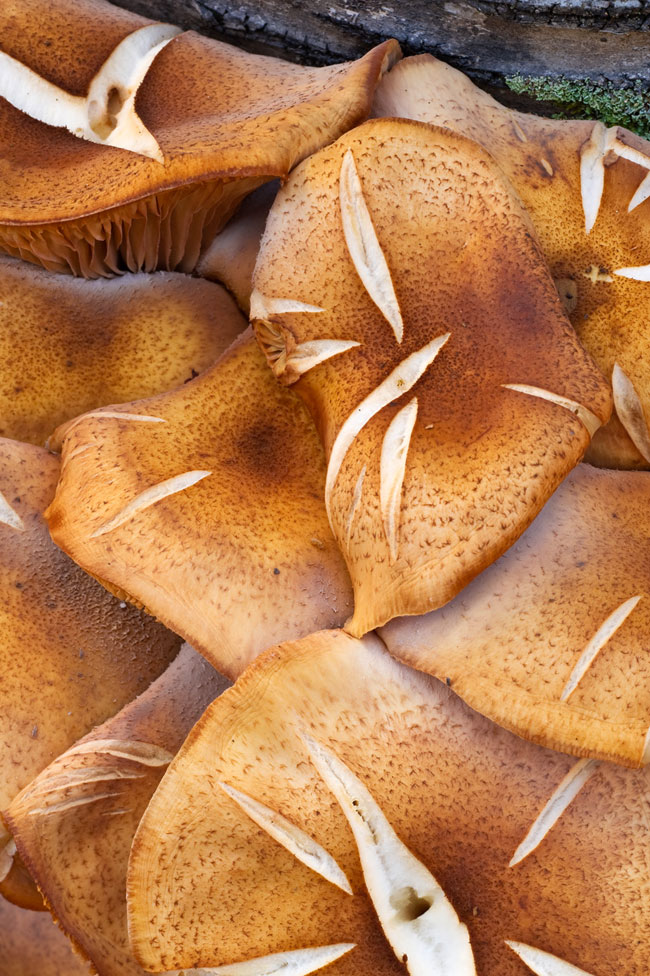Sammamish is particularly striking in the autumn. As the days grow cooler and the leaves change their appearance, our local scenery becomes ideal for photography. Whether you are an experienced photographer or simply using a smartphone to capture the season’s beauty, there are excellent methods to make your fall pictures more impactful. This guide provides suggestions, drawing from the expertise of nature photographer Rod Planck, to help you photograph the striking fall foliage in our Sammamish community.
We will look at some of the best locations, explain how to use the light effectively, and share a few techniques to make your autumn pictures truly stand out. Prepare to discover the rich colors that make Sammamish a remarkable place to live and explore during the fall. Let’s explore how you can create impressive images of our local autumn scenery.
Understand Sammamish’s Unique Autumn Landscape
When photographing Sammamish’s fall colors, knowing where to go is essential. Parks such as Beaver Lake Park provide excellent opportunities with their variety of trees and walking paths. The Tradition Lake Loop, part of the Issaquah Alps, offers diverse terrain and impressive views that are especially striking when illuminated by autumn colors. The East Lake Sammamish Trail is also a great place to capture the reflections of colorful trees on the water, particularly in the softer light of morning or late afternoon. Exploring these areas can lead to truly memorable photographs.
Consider going to higher ground to fully appreciate the extent of the fall colors. As nature photographer Rod Planck advises, elevation can provide a broader perspective, allowing you to see the extensive spread of color covering our hillsides and valleys. Seek out well-known viewpoints or natural spots that offer a slightly elevated position. From these vantage points, you can capture expansive views and appreciate the sheer abundance of autumn’s display. Including bodies of water, like the lakes surrounding us, adds another dimension of beauty. Reflections of colorful trees on still water can create stunning, almost artistic images, doubling the visual effect of the fall colors.

- Foggy morning over colorful treetops — ideal lighting for saturated fall tones. Source: nikonusa.com
Master the Art of Capturing Fall Colors
The secret to vivid fall photographs often lies in understanding the light. Instead of direct midday sun, which can diminish colors, aim for softer, more diffused light. Overcast days are remarkably good for foliage photography; they offer consistent illumination that allows the true depth of autumn colors to appear without overexposed bright spots. If you have sunlight, try shooting during the “golden hours” – early morning or late afternoon. This angled light can reveal texture and produce beautiful, warm tones that really make the reds, oranges, and yellows noticeable.
Achieving the correct exposure is vital for capturing those rich colors. Using your camera’s Matrix metering and reviewing your histogram will help ensure you do not lose detail in the dark or bright areas. Do not hesitate to use exposure compensation to slightly underexpose, which can enhance color saturation. When photographing in dimmer light, such as on a cloudy day or during the golden hours, photographer Rod Planck suggests increasing your ISO and selecting a smaller aperture to maintain good depth of field. This allows you to keep more of the scene in focus while still achieving a usable shutter speed, especially if you are holding the camera by hand.
 Close-up of wild mushrooms showcasing seasonal textures found on the forest floor. Source: nikonusa.com
Close-up of wild mushrooms showcasing seasonal textures found on the forest floor. Source: nikonusa.com
Experimenting with different lenses can significantly alter the impression of your fall foliage photographs. Longer lenses, such as a 70-200mm or even a 300mm, are excellent for isolating specific areas of bright color or compressing the perspective, making distant trees appear closer together. This can create a beautiful arrangement of color. They are also useful for capturing intricate details within the larger landscape. Conversely, a wide-angle lens can capture the vastness of an entire hillside covered in color, but be sure to include strong foreground elements to give your wide shots depth and interest.
Enhance Your Autumnal Shots with Atmosphere and Detail
Do not avoid a bit of morning mist or fog; these atmospheric conditions can add a magical quality to your fall photos. A gentle mist rising from a lake or through the trees can create a sense of mystery and depth, softening the colors just enough to make them feel special. Capturing these elements, especially when combined with early morning light filtering through, can result in truly moving images that go beyond simply showing bright leaves. It is about capturing the feeling and mood of autumn in Sammamish.
While the leaves receive much attention, remember that fall offers many other photographic subjects. Look for the subtle beauty in the small things. Small mushrooms growing from a fallen log, complex seed pods ready to release their contents, or even the textured surface of a tree can make for interesting close-up pictures. These details add a layer of richness to your collection and highlight the wider environment that flourishes during this time. Even the ground in the forest can become a colorful surface as fallen leaves create a patterned carpet, perfect for capturing textures and designs.
Header Image Source: AI-generated image
